Introduction
How To Train A Parakeet To Talk: Parakeets, also known as budgerigars, are charming and intelligent birds that have captivated bird enthusiasts for generations. Their vibrant plumage and cheerful personalities make them popular pets, but what sets them apart from other birds is their remarkable ability to mimic human speech. Teaching a parakeet to talk can be an incredibly rewarding experience, creating a unique bond between you and your feathered friend. In the fascinating world of training parakeets to talk. Whether you’re a seasoned bird owner or a novice looking to embark on this journey, we’ll you with essential tips and techniques to help your parakeet develop its vocal talents.
Parakeets are not born talkers, but with patience, consistency, and the right approach, you can unlock their potential. Like human children learning to speak, parakeet lifespan require a nurturing environment and consistent practice to master the art of mimicry. This process not only enhances their communication skills but also enriches their mental and emotional well-being. Training a parakeet to talk involves more than just repeating words or phrases until they mimic you. It requires a deep understanding of their behavior, preferences, and the building blocks of vocalization. Throughout this journey, you’ll discover the unique personality of your parakeet, as each bird has its own pace and style when it comes to learning to talk.
In the step-by-step process of teaching your parakeet to talk, from selecting the right bird to creating a conducive learning environment, and implementing effective training techniques. We’ll also cover common challenges and troubleshooting tips to ensure that you and your parakeet can enjoy a harmonious and chatty companionship. So, if you’re ready to embark on the exciting adventure of teaching your parakeet to talk, let’s dive in and discover the wonderful world of avian communication. With dedication and a little patience, you’ll soon find yourself engaged in delightful conversations with your feathered friend.
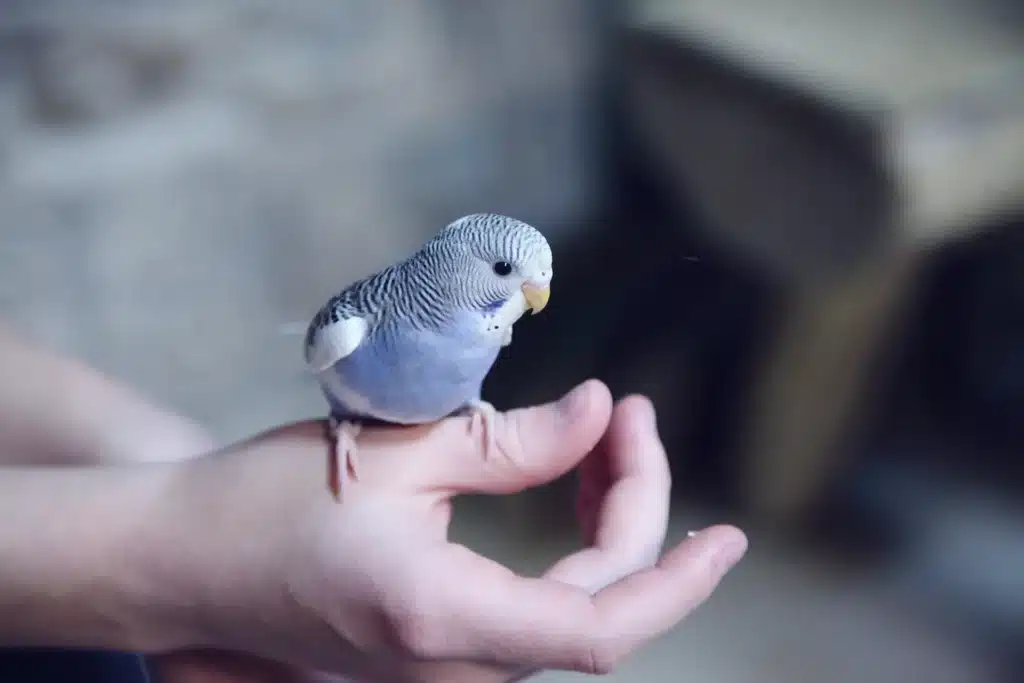
What words should I teach my parakeet?
Talk to him like he is a child learning words: name things for your budgie; consistently say “Hello” and “Goodbye” when you come and go; say “Thank you” when you give him a dish of parrot bird food; name the people in the house and any other pets you have; ask your budgie if he wants a shower before misting him.
Start with basic greetings like these words are not only useful for interaction but also simple enough for your parakeet to grasp. Teaching your parakeet to say its name is a great way to establish a personal connection. Repetition is key here. Include essential commands like. These words can be useful for training and managing your parakeet’s behavior.
Words like can be paired with treats to encourage positive behavior. Parakeets are excellent whistlers. You can teach your bird popular tunes or create your own unique whistles for them to mimic. Express your love with phrases like or you’re so cute. Parakeets thrive on affection and will enjoy hearing these words.
Parakeets often enjoy mimicking other animals. You can teach them to say “meow” for a cat or “woof” for a dog, which can be amusing. Simple numbers from one to ten can be entertaining and educational. Encourage your parakeet to count along with you during playtime. If you’re a fan of literature or movies, you can have fun teaching your parakeet famous quotes or catchphrases.
Can you teach a parakeet?
They are very intelligent for their size. Parakeet training can teach your bird to talk, perform tricks, and perch on your hand or shoulder. Parakeets absolutely love shiny things such as mirrors and bells, and with proper training, your bird will love gentle petting too.
Patience is key when teaching a parakeet. Just like humans learning a new language, parakeets need time to grasp and mimic sounds. Keep your expectations realistic and be prepared for gradual progress. While all parakeets have the potential to learn, some may be more inclined to talk than others. Younger birds tend to be more receptive to learning new sounds, so consider this when choosing your parakeet.
Before you can start teaching, establish trust and build a strong bond with your parakeet. Spend time together, offer treats, and let your bird get comfortable with your presence. Start with clear and simple words or phrases. Greetings like “hello” or the bird’s name are good starting points. Use a gentle and encouraging tone when you speak.
Consistency is key to successful teaching. Repeat the chosen words or phrases daily, preferably at the same time. Parakeets learn through repetition, so the more they hear a word, the better they’ll mimic it. Reward your parakeet with treats or affection when they attempt to mimic your words. Positive reinforcement encourages them to continue trying.
What age do birds start talking?
When will my parrot start to talk? Parrots start to use English from three months old to one year. Parrots already speaking, will increase their vocabulary throughout their lives given the right opportunities.
Species Variation: Different bird species have varying tendencies when it comes to talking. Parakeets are known for their remarkable ability to mimic human speech, and they often start at a younger age compared to other bird species.
Individual Differences: Just like humans, birds have their own unique personalities and learning curves. Some parakeets may be quick learners and start talking as early as three to four months, while others may take longer to develop this skill.
Social Interaction: The social environment in which a bird is raised plays a crucial role in their ability to talk. Parakeets raised in a social and stimulating environment, with regular human interaction, are more likely to start talking earlier.
Learning Opportunities: Birds learn to talk by imitating sounds they hear frequently. If a parakeet is exposed to human speech or specific words/phrases on a regular basis, they are more likely to start mimicking those sounds sooner.
Is training a parakeet easy?
Training a parakeet to do tricks isn’t an overnight commitment. It takes patience and consistency. If you’ve got the free time and want to see your parakeet being that much cuter, here’s the right way to go about teaching it tricks.
Parakeet’s Personality: Parakeets, like humans, have distinct personalities. Some are naturally more curious, outgoing, and eager to please, making them quicker learners. Others may be shy, reserved, or independent, which can require more time and patience to train.
Age: Younger parakeets, typically those just weaned or a few months old, tend to be more receptive to training. Their brains are more adaptable, and they may pick up new skills more quickly than older birds.
Previous Experience: If your parakeet has had positive interactions with humans before, they may be more inclined to learn from you. Birds that have had negative experiences or lack socialization may be more challenging to train.
Training Goals: The specific goals you have for your parakeet can also influence ease of training. Teaching basic commands or tricks may be relatively easy, while training a parakeet to talk requires more patience and consistency.
Can parakeets say human words?
Parakeets are able to talk using words that they’ve heard. Some have been known to learn hundreds of words from their owners. They don’t speak as clearly as larger birds like Macaws. With some patience, it can be fun to teach your pet parakeet to talk.
Natural Mimics: Parakeets are natural mimics. In the wild, they use vocalization to communicate with one another, and they are capable of mimicking a wide range of sounds, including the songs of other birds.
Vocabulary Building: Parakeets can develop a vocabulary of words and phrases over time. The extent of their vocabulary depends on factors such as the individual bird’s intelligence, age, and exposure to human speech.
Early Learning: Young parakeets are generally more receptive to learning new sounds, so if you’re interested in teaching your parakeet to talk, it’s a good idea to start when they are relatively young.
Training and Repetition: Teaching a parakeet to say human words requires training and repetition. You can start with simple, clear words or phrases and consistently repeat them in a calm and encouraging manner.
Can budgies see in dark?
Budgies have excellent eyesight during the day, but they can’t see well in the dark. In general, they are slightly afraid of the dark since they can become frightened by noise or any small movement they aren’t able to see clearly.
Dim-Light Vision: Budgies possess a type of vision called “dim-light” or “mesopic” vision. This means they can see relatively well in situations with low to moderate light levels, such as at dusk or dawn.
Enhanced Rod Cells: Budgies have a higher density of rod cells in their retinas compared to humans. Rod cells are photoreceptor cells responsible for low-light vision. This adaptation allows them to detect and process light more effectively in dim environments.
Limited Color Vision: While budgies have excellent low-light vision, their ability to see colors diminishes as the light decreases. In darkness, they primarily perceive shades of gray rather than vibrant colors.
Minimal Night Vision: Unlike true nocturnal animals, budgies are diurnal, meaning they are most active during the day. They do not possess the specialized adaptations for night vision that creatures active in complete darkness have.
Is it better to buy 2 budgies?
A pair of budgies will, generally, be happier than a single budgie. They are sociable birds, and in the wild they live in large flocks. Two birds, and a couple of mirrors, will recreate the contact and noise of a flock (albeit a very small one).
Companionship: Budgies are social birds that thrive on companionship. Having a second budgie a built-in companion, reducing the risk of loneliness and boredom. They can interact, preen each other, and engage in social behaviors that are essential for their mental and emotional well-being.
Less Loneliness: Loneliness can lead to stress and behavioral issues in budgies. A companion can mitigate feelings of isolation when you’re not around.
Mimicry and Learning: Budgies learn from each other. Having two birds can facilitate the learning process, including talking and performing tricks. One budgie can mimic the sounds and behaviors of the other.
Entertainment: Two budgies can entertain each other, reducing the need for constant human interaction. They can engage in play and exploration together, keeping themselves occupied.
Is it OK to pet a parakeet?
Here are the steps to properly and safely petting your pet bird: Don’t pet your bird anywhere below their neck, and only pet them gently on their head. Even if a bird’s sexual organs aren’t located in the areas of their back and beneath their wings, most birds still prefer being pet on the head and neck.
Parakeets, like people, have unique personalities. Some may be more outgoing and tolerant of physical contact, while others may be more reserved or shy. It’s crucial to respect your bird’s comfort level and boundaries.
Before attempting to pet your parakeet, it’s essential to build trust and establish a positive relationship. Spend time near the cage, talk to your bird, offer treats, and allow them to get used to your presence. Gradually progress to offering your hand for perching before attempting any petting.
While some parakeets may enjoy gentle petting on their head, neck, or back, others may be more sensitive. Avoid touching their beak, feet, or tail, as these areas can be particularly sensitive and may make your bird uncomfortable.
Pay close attention to your parakeet’s body language. If your bird leans in and appears to enjoy the interaction, that’s a positive sign. If they back away, puff up their feathers, or show signs of distress (such as hissing or nipping), it’s essential to stop and give them space.
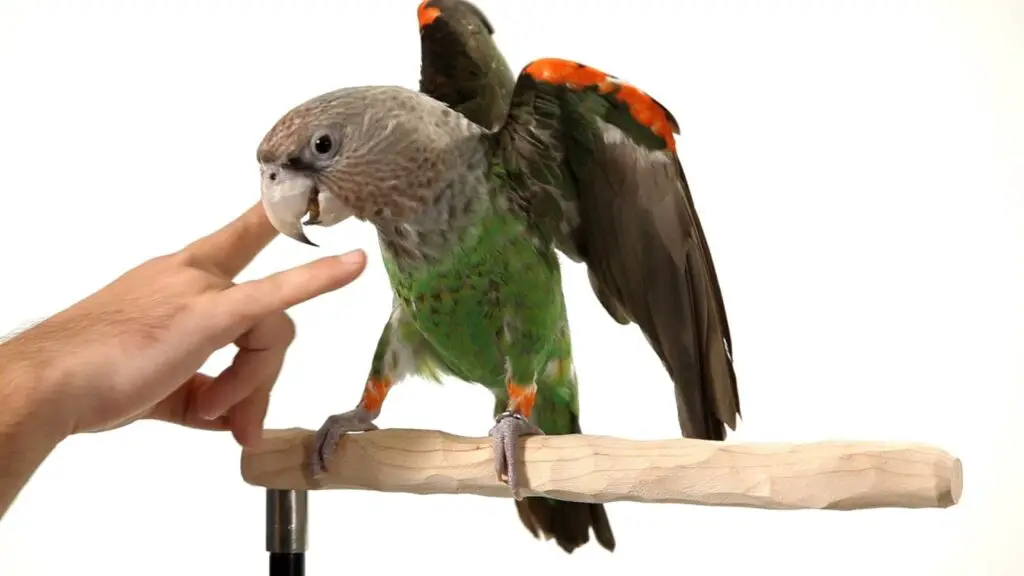
Conclusion
In the journey of training a parakeet to talk is a remarkable and fulfilling endeavor that can deepen the bond between you and your feathered companion. It’s an opportunity to witness the intelligence and adaptability of these tiny, vibrant birds as they learn to mimic and communicate with you in their unique way. As we wrap up this on train a parakeet to talk, let’s recap some key takeaways and the joys that await you on this exciting path. First and foremost, patience is the cornerstone of successful parakeet training. Each bird has its own personality and learning pace, so it’s essential to be understanding and consistent in your efforts.
That not all parakeets may develop the ability to talk, and that’s perfectly okay. Even if your parakeet doesn’t master human speech, the process of parakeet training can still strengthen your relationship and mental stimulation for your pet. Creating the right environment is crucial. A peaceful and secure space, free from disturbances and distractions, will help your parakeet focus on learning. Plenty of toys, perches, and mental stimulation to keep your bird engaged and happy. When it comes to training techniques, repetition and positive reinforcement are your best allies. Start with simple words or phrases, and be sure to use a cheerful and encouraging tone.
Consistent repetition and rewards for good attempts will motivate your parakeet to keep trying. Training your parakeet to talk is not just about the end result; it’s about the journey. The time spent together during training sessions creates a special bond and enriches both your lives. The joy of hearing your parakeet mimic your words or phrases is a heartwarming experience that can brighten your day. Throughout understanding your parakeet’s behavior, preferences, and unique learning style. By observing and adapting to your bird’s needs, you’ll be better equipped to tailor your training approach for maximum success.

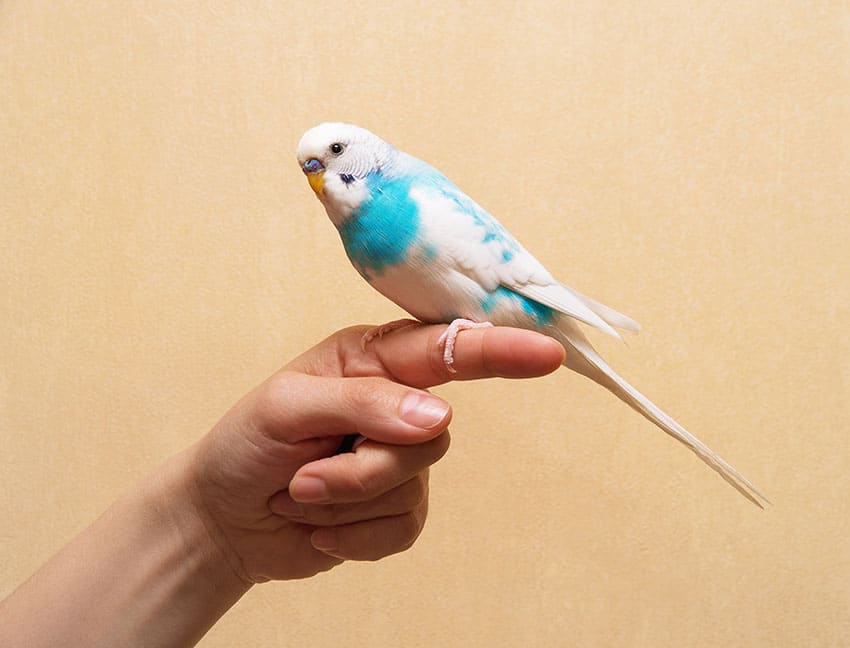
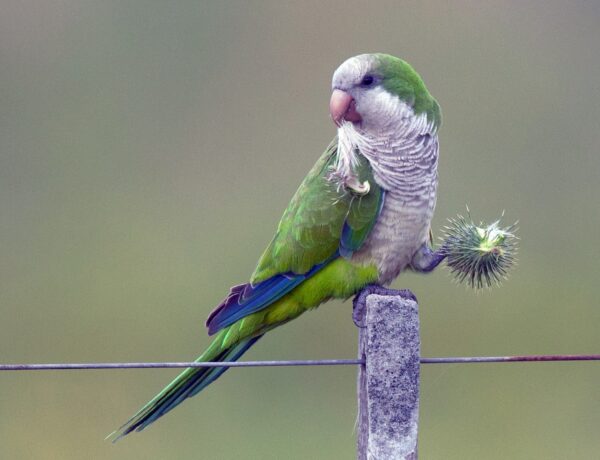
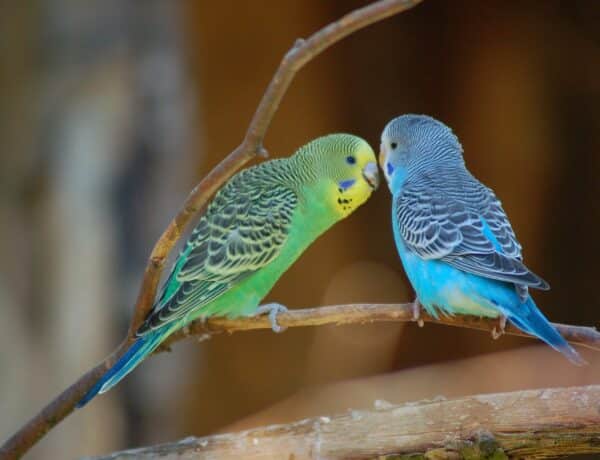
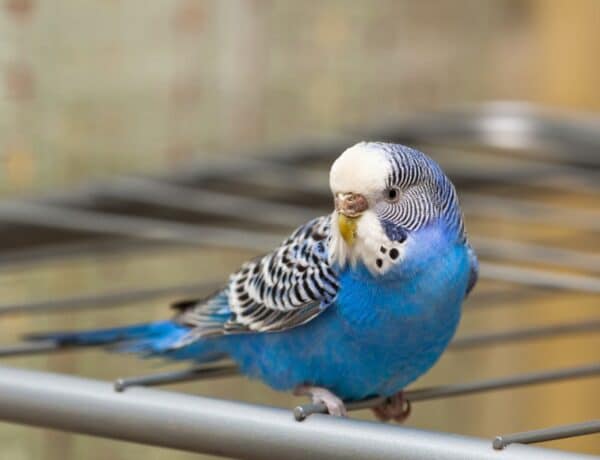
No Comments